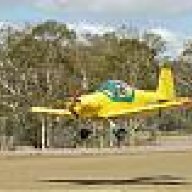-
Posts
6,616 -
Joined
-
Last visited
-
Days Won
31

Yenn replied to KRviator's topic in Aircraft Incidents and Accidents

Yenn replied to KRviator's topic in Aircraft Incidents and Accidents

Yenn replied to NT5224's topic in AUS/NZ General Discussion

Yenn replied to red750's topic in Military Aviation

Yenn replied to NT5224's topic in AUS/NZ General Discussion

Yenn replied to red750's topic in Military Aviation

Yenn replied to APenNameAndThatA's topic in Student Pilot & Further Learning

Yenn replied to APenNameAndThatA's topic in Aircraft Incidents and Accidents

